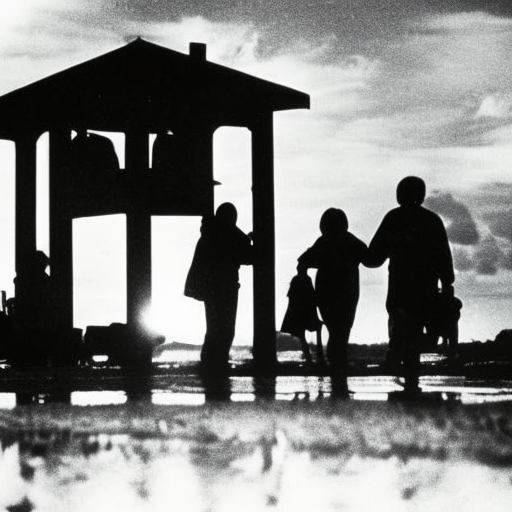Summary:
Woodstock was a historic music festival that took place in August 1969 in Bethel, New York. It is widely regarded as a pivotal moment in popular music history and the counterculture movement of the 1960s. The festival attracted an estimated 400,000 attendees and featured performances by some of the most iconic musicians of the era. Woodstock became a symbol of peace, love, and music, and its legacy continues to resonate today.
The Origins of Woodstock:
Woodstock was the brainchild of four young entrepreneurs: Michael Lang, Artie Kornfeld, Joel Rosenman, and John P. Roberts. They envisioned a large-scale music festival that would bring together people from different backgrounds and promote peace and unity. The organizers initially planned to hold the festival in Wallkill, New York, but faced opposition from local residents and authorities. Eventually, they secured a location in Bethel, on Max Yasgur’s dairy farm.
The Festival Experience:
Woodstock was scheduled to take place from August 15 to 17, 1969, but due to logistical challenges and the overwhelming number of attendees, the festival extended into the early hours of August 18. The event was marked by its free-spirited atmosphere, with attendees camping out in a makeshift city. Despite the lack of basic amenities, such as food and sanitation, the festival-goers embraced the communal spirit and shared resources.
The Music:
Woodstock featured a diverse lineup of musicians, spanning various genres. Some of the most notable performances included those by Jimi Hendrix, Janis Joplin, The Who, Santana, Creedence Clearwater Revival, and Crosby, Stills, Nash & Young. The festival showcased the music of the counterculture movement, including rock, folk, blues, and psychedelic sounds. Many artists delivered memorable performances that became defining moments of their careers.
Challenges and Triumphs:
Woodstock faced numerous challenges, including unexpected rainstorms, overcrowding, and logistical issues. The organizers struggled to maintain order and provide essential services. However, the festival’s spirit of cooperation and the dedication of volunteers helped overcome these obstacles. Despite the difficulties, Woodstock became a symbol of peace and love, with attendees forming a sense of community and demonstrating the power of collective action.
The Legacy of Woodstock:
Woodstock left an indelible mark on popular culture and society. It symbolized the counterculture movement’s rejection of mainstream values and its emphasis on peace, love, and social change. The festival’s success and the positive experiences of its attendees challenged societal norms and inspired subsequent music festivals and events. Woodstock also highlighted the potential of music to unite people and foster a sense of belonging.
Conclusion:
Woodstock was a historic music festival that brought together hundreds of thousands of people in a celebration of peace, love, and music. Despite facing numerous challenges, the festival became a defining moment of the counterculture movement and left a lasting impact on popular culture. Woodstock continues to be remembered as a symbol of unity and the transformative power of music.












